Yellow flag iris identification and control
Information about the noxious weed yellow flag iris. Yellow flag iris is also known by its Latin name, Iris pseudacorus.
About this weed
Yellow flag iris is a non-regulated Class C noxious weed. This means control is not required in King County under the state noxious weed law.
Yellow flag iris, known as Iris pseudacorus, is in the iris family. Other common names for this plant are yellow iris, pale-yellow iris, and yellow flag.

Why it's a problem
Yellow flag iris is reported as invasive in 40 states in the United States. It is native to Europe, western Asia, and northwest Africa.
Yellow flag iris is a fast-growing and fast-spreading wetland plant that forms thick root mats. These mats make it hard for native vegetation to grow. They take up space which reduces wildlife habitat and stream width. It can fill small streams and irrigation systems. This weed has a costly impact as it can clog water control structures and pipes.
Plant description
Yellow flag iris is a perennial (2 or more years lifecycle), aquatic, freshwater plant that grows mostly above water and along shorelines. Plants can grow to 5 feet tall in dense stands.
Leaf blades are dark green to blue-green, flat on one side with a midrib (ridge) on the other side that goes the length of the blade. Leaves are sword-shaped, they get pointier at the tip.
Flowers are yellow and showy, sometimes with brownish-purple markings at the bottom. Flowers form alone or in groups near stem ends.
Plants have many thick, fleshy rhizomes (horizontal root systems) that can form dense mats.
Seed capsules or pods form from flowers. Pods grow in clusters that resemble little bunches of bananas. They are green, fleshy, relatively large, and roughly three-sided. Capsules turn brown as they mature. They are closely packed with three rows of flattened, brown, smooth, disk-like seeds. Both seeds and pods float on water. As they mature, they break open to release seeds.
Plants reproduce via seed and horizontally expanding root systems.
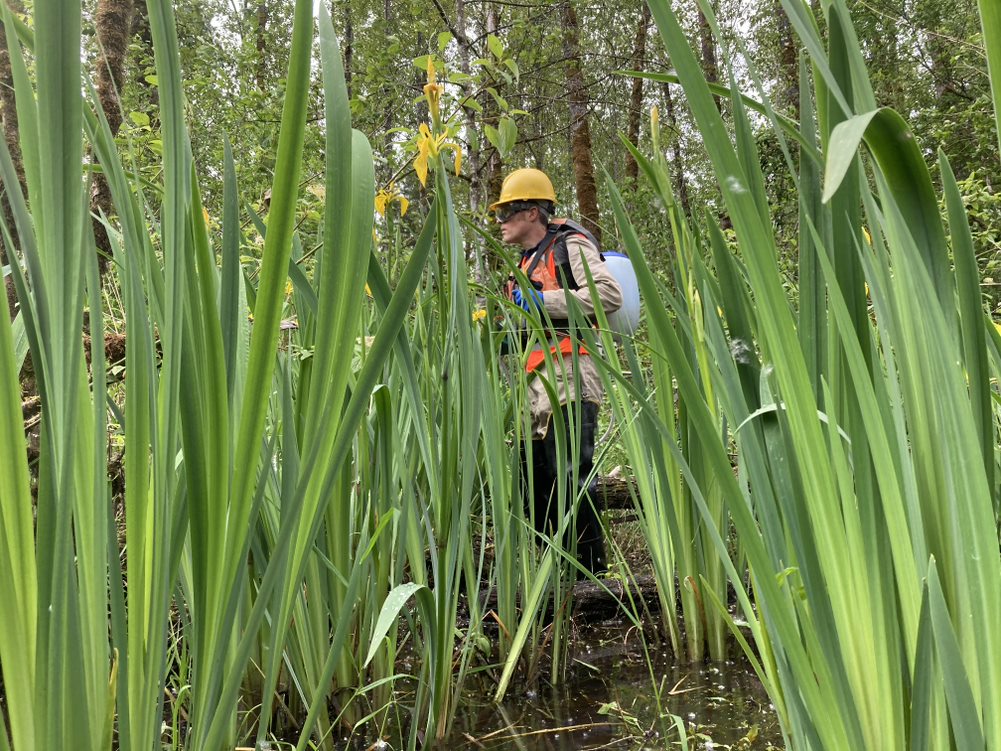
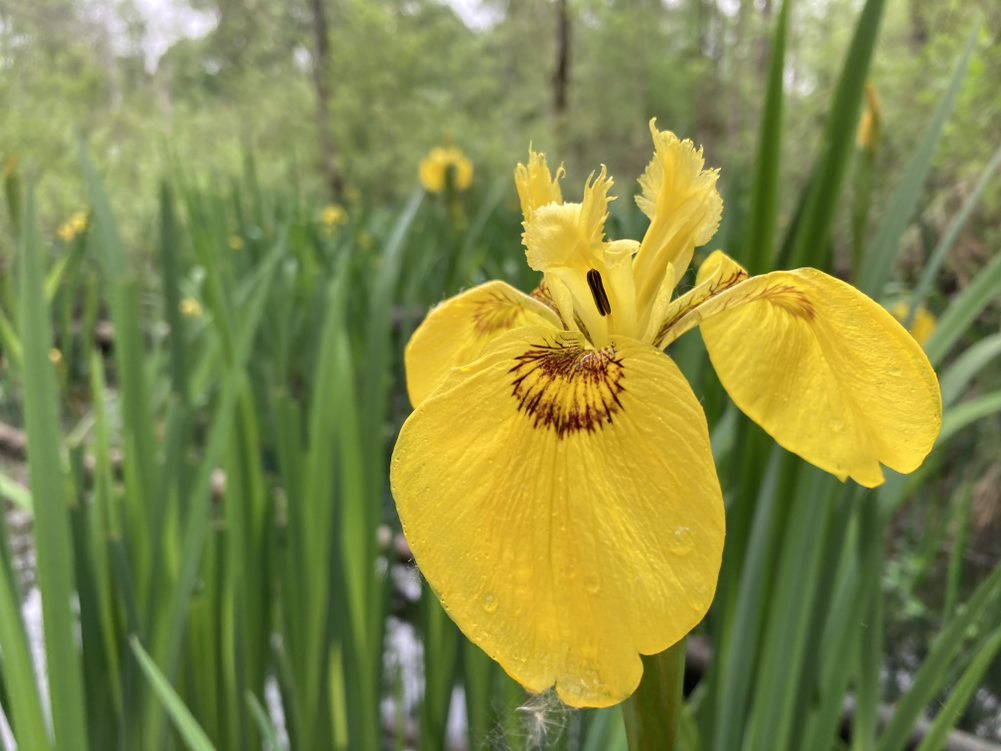
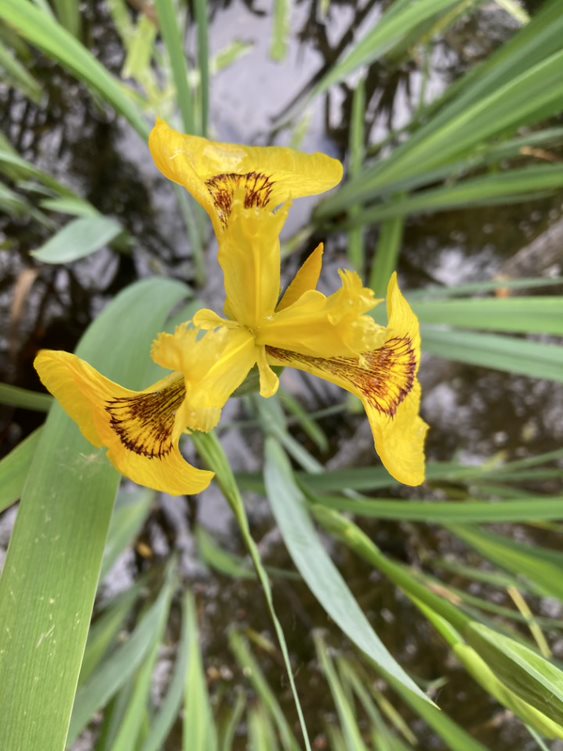
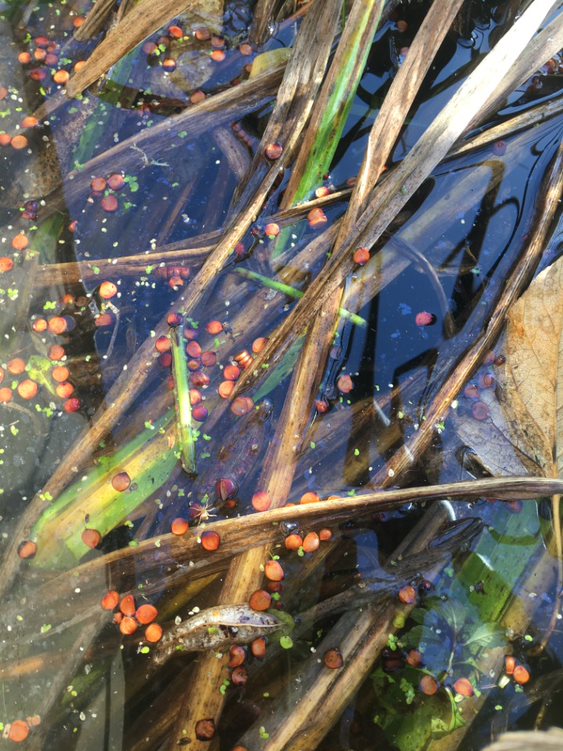
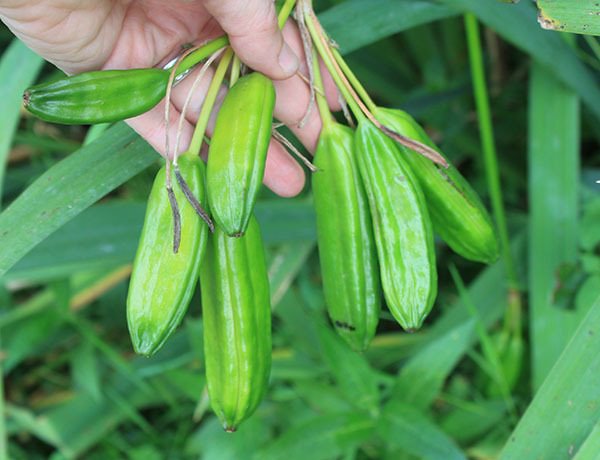
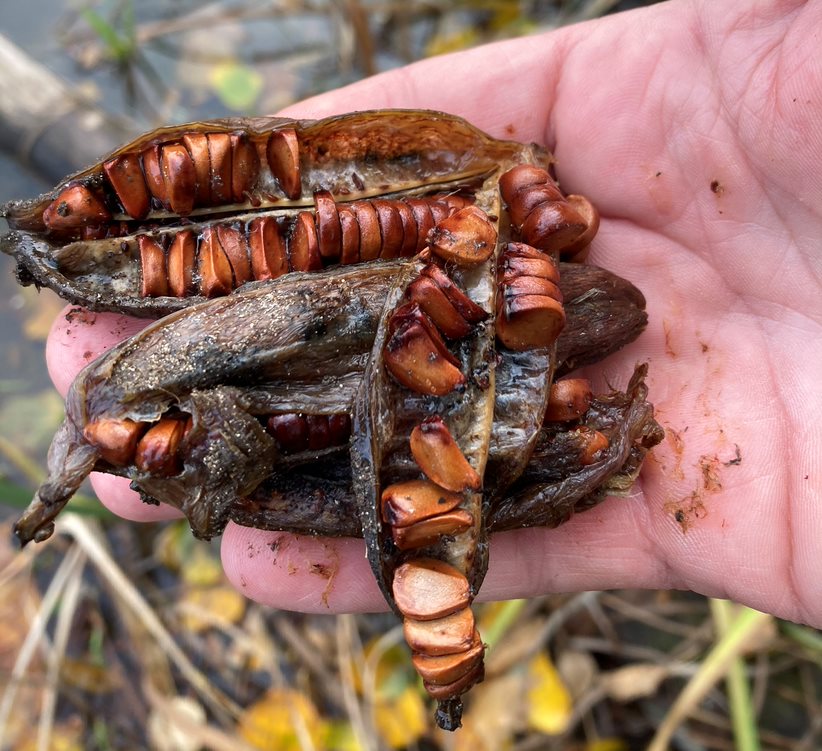
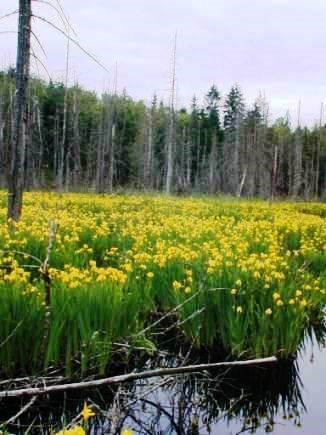
Be aware of look-alike plants
When plants do not yet have seeds or flowers, yellow flag iris and cattails can be easily confused. In Washington, we have species of native cattails that you don’t want to kill by mistake. Learn more about the differences between cattail and yellow flag iris.
More information about some of the plants yellow flag iris is often confused with:
When in doubt, take photos and report them on iNaturalist.
What to do if you find it
Because yellow flag iris is so widespread, property owners in King County are not required to control it. We recommend that people control yellow flag iris to protect habitat and reduce flooding issues. We can provide advice on how to control yellow flag iris, but there is generally no legal requirement to do so.
Control methods
We recommend using a combination of methods to control noxious weeds. In areas with few weeds, it is important to act quickly before they become harder to control. Make a long-term plan as it often takes several years to get rid of most weeds. Start in the least infested areas first and then move into more heavily infested areas.
Manual control
Aquatic plant control that does not involve herbicide often requires a (free) permit. The rules and regulations for this type of removal will depend on your circumstance, please visit the WA Dept Fish and Wildlife for access to their Aquatic Plants & Fish Pamphlet and guidance on how to use it properly.
Small infestations may be pulled or dug out. Protect your skin from toxic sap with gloves and long sleeves. Take care to remove all rhizomes and roots, as plants will re-grow from leftover fragments. If present, always remove seed pods to reduce spread. You can do seed pod removal at any time of the year.
Mechanical control
Mowing has potential to contain and control infestations if it is done regularly enough for several years.
A newer method being tested is tarping. This is done by covering the target area with a PVC pond liner for 4 to 6 months, being sure to cover about 8 to 12 extra inches on all sides. Edges of the liner should be securely fastened into the ground by burying the edges and securing with stakes. Spread heavy rocks and branches across the surface to limit air pockets. This method, while effective, can reduce soil health. Soil will need to be amended with nutrients and replanted to achieve a healthy habitat.
Chemical control
Stay safe when using herbicide:
- Always read the label before use.
- Wear a long-sleeved shirt, long pants, shoes, and eye protection.
- Follow state and local regulations.
Larger patches will need herbicide treatments to be effective. Effective herbicides include imazapyr and glyphosate.
Avoid spraying where there is a chance that herbicide will enter a waterway or wetland unless you are using a state-approved aquatic herbicide and have the required permits and licenses to do so. Use of pesticides in water is regulated in Washington state. See Washington Department of Ecology Aquatic Pesticide Permits for details.
For more information or a site-specific recommendation in King County, contact the noxious weed program. For information in other locations, contact your local weed board or extension office.
Disposal instructions
Dispose of all plant parts in municipal yard waste or garbage. Plants will spread if left in wet conditions or in household compost piles.
Noxious Weed Disposal - Washington State Noxious Weed Control Board

 Translate
Translate